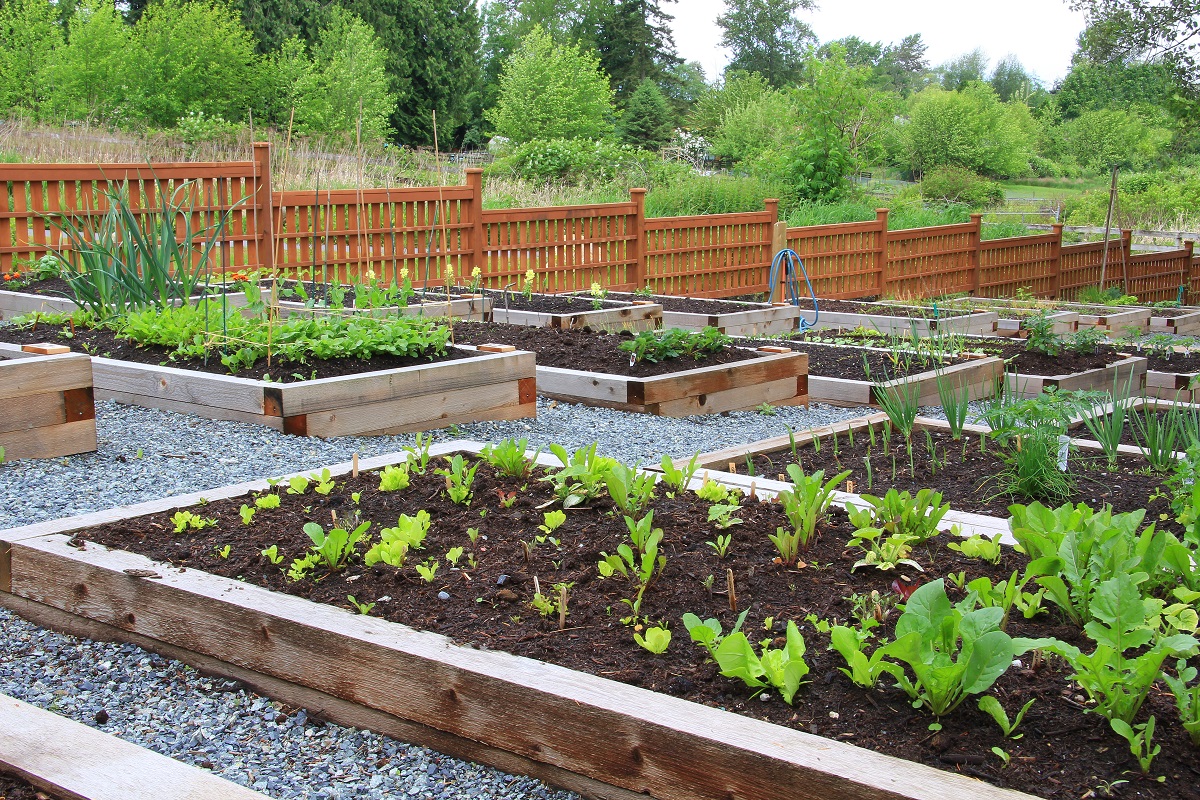Have you ever wanted to have a pantry full of garden-fresh vegetables for your meals? Whether you want to take on a new hobby, save money on food, or add more vegetables to your diet, you can’t go wrong with planting your very own vegetable garden. Here are some tips to get you started.
Choose the perfect location
Vegetables can’t just grow anywhere, they need the right location to thrive. An inferior location will yield you an inferior harvest. When choosing where to start your garden, make sure it’s in an area that receives enough sunlight, but not too much, otherwise your vegetables could dry out. The area should also provide a stable environment for your crops. This means you should avoid areas that receive too much rain, wind, or foot traffic. The soil in the area should be well-drained and moist. You could add sand and fertilizers to it to make it more nourishing, but just make sure it’s not too rocky.
Decide what to grow and how to grow it
This is the fun part since this is where you get to inject a bit of your personality and preferences into the making of your garden. There are some simple vegetables you can start with that don’t require much work, including spinach, carrots, beans, radishes, chard, and lettuce. What matters most is that it’s something you and your family actually love to eat. When you’ve decided which vegetables to grow, you’ll have to then determine whether you’re going to plant them using seeds or starter plants.

Determine how big or small your garden will be
A small garden is more manageable if you’re a complete beginner. A 10×10 garden is a good place to start. This size allows you to hone the most basic gardening skills without having to invest too much money and time. It’s also big enough for you to grow and harvest enough vegetables for a variety of meals. You can always start even smaller if that seems too daunting, or you could grow vegetables out of containers instead, which is a good choice if you’re tight on space. However, if you’re feeling ambitious, nothing’s stopping you from going big.
Keep track of planting dates
Different plants have different growing and ripening cycles depending on the season, so it’s important to keep track of all of them if you want a bountiful harvest. You can usually find planting dates on the back of seed packets. Create a gardening schedule or pencil these dates onto a calendar to make sure you’re planting them during the most ideal conditions.
Plan your garden layout
An appropriate garden layout is one that provides enough space for each plant. You can choose between intensive cropping or row cropping. Each has its own benefits and drawbacks, so it’s all about choosing which one works best for you. Intensive cropping involves spacing several plants close together in a small bed. On the other hand, row cropping is the most conventional gardening system where you plant your vegetables in several rows or straight lines.
Vegetable gardening can be a fulfilling hobby that guarantees you a healthier lifestyle and diet. It may seem daunting at first, but these simple tips can help get you started without much difficulty.